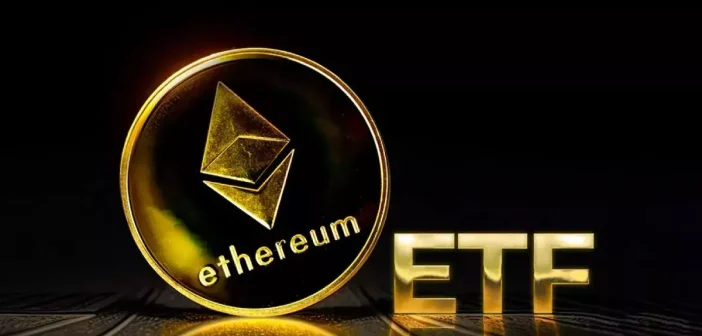On Wednesday, June 11, U.S.-based spot Ethereum ETFs outperformed their Bitcoin counterparts in terms of net capital inflows, attracting over $240.3 million in a single day. In contrast, Bitcoin ETFs drew $164 million, putting Ethereum in the spotlight for institutional demand.
This marks the 18th consecutive day of positive inflows for ETH-based exchange-traded products (ETPs), reflecting growing market confidence in Ethereum as a long-term asset.
Ethereum ETF Inflows Driven by BlackRock and Fidelity
According to SoSoValue, ETHA by BlackRock led the charts with $163.6 million in inflows, followed by FBTC by Fidelity, which attracted $37.28 million. Other Ethereum funds such as ETHE by Grayscale, BITW by Bitwise, and Mini Ethereum Trust also registered net gains.
The rising interest in Ethereum ETFs comes as the U.S. Securities and Exchange Commission (SEC) sends signals about potential policy shifts in favor of DeFi inclusion. This has fueled speculation that Ethereum is currently undervalued, especially after Bitcoin hit all-time highs and altcoins surged during last year’s cycle.
Ethereum Derivatives Volume Now Exceeds Bitcoin
Beyond spot inflows, Ethereum derivatives trading volume also surged, surpassing that of Bitcoin. Data from Coinglass indicates Ethereum derivatives reached $106 billion, outpacing Bitcoin’s $80.5 billion during the same period.
The price of ETH crossed $2,800 on Wednesday morning — the highest since February — before retreating by 2.6% to $2,818 in the last 24 hours. Still, analysts view this correction as short-term profit-taking amid longer-term bullish sentiment.
Analysts: ETH May Be Entering a New Institutional Phase
According to Nick Rak, Director of Research at LVRG, investors increasingly see Ethereum as “an undervalued blue-chip,” particularly in light of DeFi developments and growing ETF market penetration. “The behavior we’re seeing now from capital flows is not retail hype — it’s institutional positioning,” Rak added.
If this trend continues, Ethereum ETFs may play a central role in reshaping portfolio allocations in the digital asset space.




